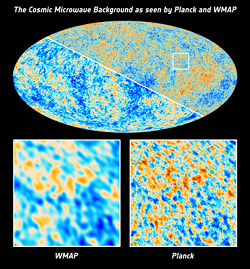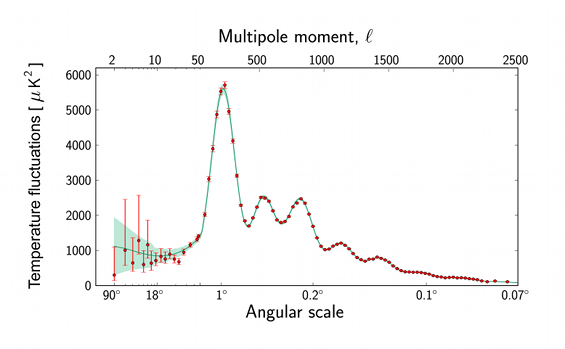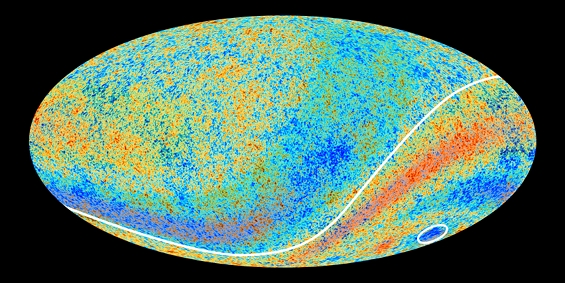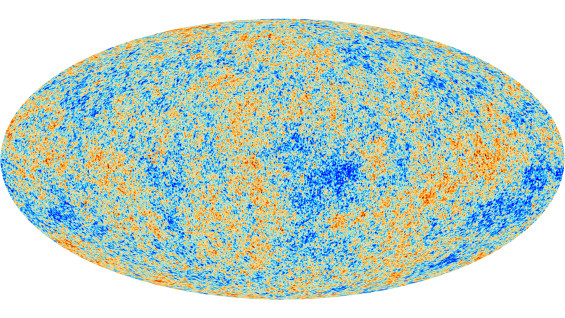A portrait of the cosmos as a young Universe
ESA's Planck satellite was launched on 14 May 2009 and operated for over four years, scanning the whole sky several times at microwave and sub-millimetre frequencies. Its main goal was to take the most detailed photograph ever of the tiny fluctuations present in the Cosmic Microwave Background (CMB), the most ancient light that has travelled across the Universe.
 |
| The Cosmic Microwave Background - as seen by Planck and WMAP. Credit: ESA and the Planck Collaboration; NASA / WMAP Science Team |
The first image of the entire sky showing these minute differences and based on the data collected during Planck's first 15.5 months of observations, was released in March 2013. Planck has provided the most accurate snapshot made of the matter distribution in the early Universe, only 380 000 years after the Big Bang. Fluctuations in the CMB correspond to the cosmic seeds that would evolve into all the structure observed in the Universe today – from stars and planets to galaxies and galaxy clusters.
Planck's precise data enables cosmologists to investigate a huge variety of models for the origin and evolution of the cosmos. The new image of the CMB has confirmed that the standard model of cosmology is a very good description of the Universe. Dominated by the as yet unexplained dark matter and dark energy, the cosmos we live in appears to have begun almost 14 billion years ago with an early period of accelerated expansion, called inflation, during which the seeds of cosmic structure were embedded in the Universe.
The data from Planck have allowed cosmologists to set very tight constraints on many parameters of the standard model, including the Hubble constant (H0), which describes the expansion rate of the Universe today, the densities of baryonic matter, dark matter and dark energy (Ωb, Ωm, ΩΛ), and the spectral index (ns), which describes the relative amount of primordial fluctuations – the seeds of nascent cosmic structures – on different scales.
 |
| Planck's power spectrum of temperature fluctuations in the Cosmic Microwave Background. Credit: ESA and the Planck Collaboration |
But hidden in the detail provided by Planck, there was also a hint of something more fundamental beneath the surface: a number of anomalies in the data do not perfectly agree with the predictions of the standard model. Some of these anomalies were found for the first time in the Planck data, while there had been evidence of others in previous experiments. Theoreticians continue to speculate about the implications of these anomalies and to investigate possible ways of extending the standard model.
 |
| Planck’s anomalous sky: the hemispheric asymmetry and the cold spot. Credit: ESA and the Planck Collaboration |
Another piece of the puzzle about the origin of the cosmos is now being analysed: a small fraction of the CMB is polarised, and the instruments on board Planck were sensitive to this signal. Polarisation carries additional information about the very early phases of the Universe's history and particularly about inflation itself. Results from the analysis of the CMB polarisation, will help cosmologists to constrain the origin and evolution of the cosmos with ever greater precision.





